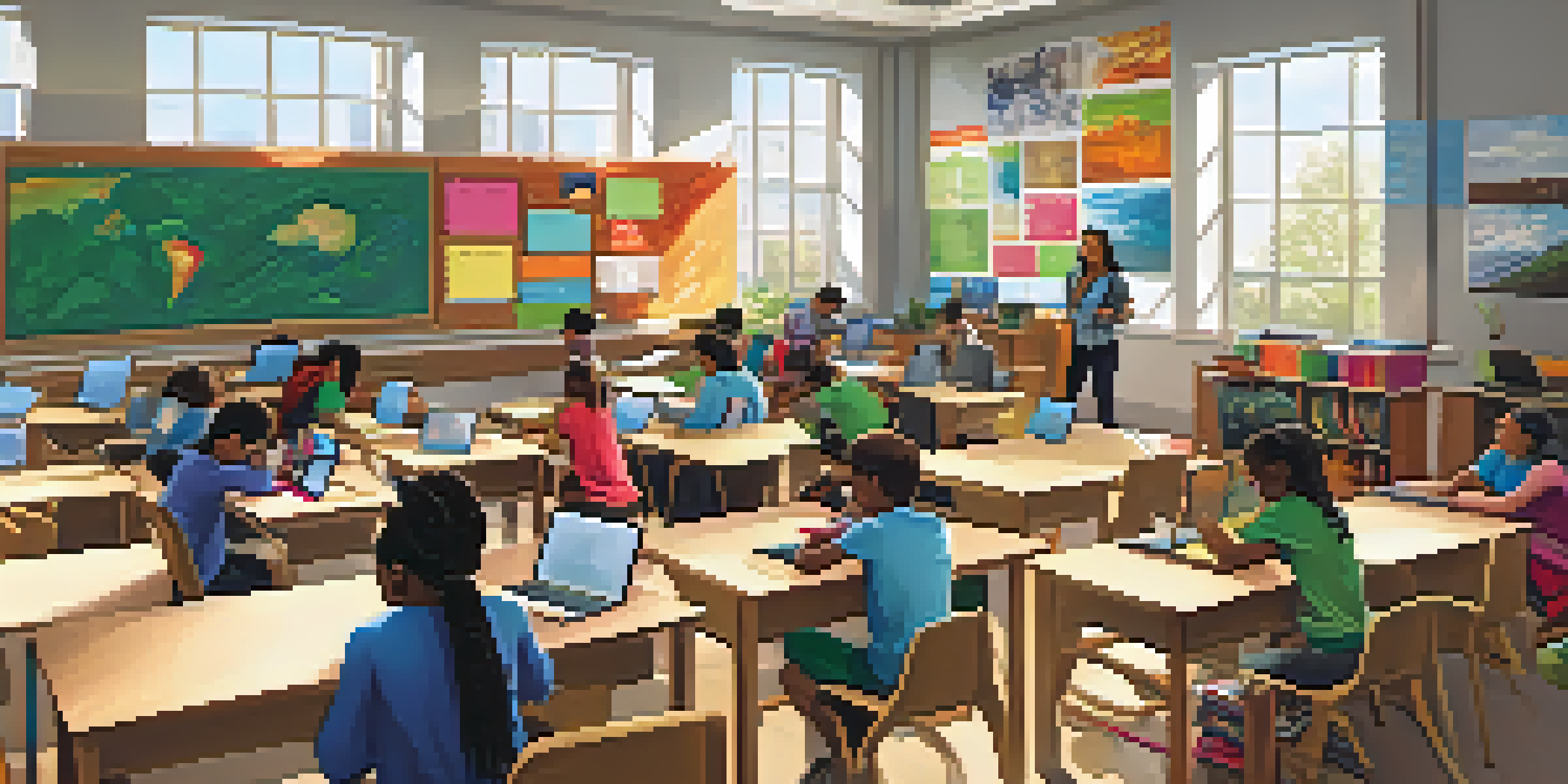Blended Learning Models for K-12 Education: A Comprehensive Guide

Understanding Blended Learning: A Brief Overview
Blended learning combines traditional classroom experiences with online education, creating a more flexible learning environment. This approach allows teachers to personalize instruction while providing students with opportunities to learn at their own pace. By integrating technology into the classroom, educators can enhance student engagement and cater to diverse learning styles. Overall, blended learning aims to create a more effective and inclusive educational experience.
The Benefits of Blended Learning in K-12 Education
One of the main advantages of blended learning is its ability to foster student autonomy. With access to online resources, students can take control of their learning journey, revisiting materials as needed and working at their own pace. Additionally, blended learning can lead to improved academic performance by providing multiple avenues for understanding complex concepts. Ultimately, this approach not only supports academic growth but also nurtures essential skills like time management and self-motivation.
Blended Learning Enhances Flexibility
Blended learning combines traditional and online education, allowing students to learn at their own pace and enhancing engagement.
Key Components of Blended Learning Models
Blended learning typically involves three key components: face-to-face instruction, online learning, and collaborative activities. Teachers lead in-person classes that focus on critical thinking and problem-solving, while online platforms host digital content and assessments. Collaboration among peers is fostered through group projects and discussions, enhancing social interaction and teamwork skills. Each component works together to create a well-rounded educational experience.
Popular Blended Learning Models Explained
Several blended learning models have emerged, each with its unique approach. The Rotation Model allows students to alternate between online and in-person learning, enabling them to engage with both formats effectively. The Flex Model provides more flexibility, where online learning is the primary mode, with teachers available for support as needed. Understanding these models helps educators choose the best fit for their classrooms.
Key Models Support Diverse Needs
Different blended learning models, like the Rotation and Flex models, cater to diverse learning preferences and environments.
Implementing Blended Learning in K-12 Schools
To successfully implement blended learning, schools must invest in technology and training for both teachers and students. This includes providing access to devices and reliable internet, alongside professional development workshops for teachers. Additionally, schools should ensure that the chosen online platforms are user-friendly and align with the curriculum. By creating a supportive environment, schools can facilitate a smooth transition to blended learning.
Challenges of Blended Learning and How to Overcome Them
While blended learning offers many benefits, it also presents challenges such as unequal access to technology and the potential for decreased student engagement. To address these issues, schools can implement strategies like providing devices for low-income students and offering training for parents to support their children's learning at home. Encouraging regular check-ins and feedback sessions can also keep students motivated and connected to their peers.
Success Depends on Supportive Tech
Effective implementation of blended learning requires investment in technology and training to ensure equitable access and engagement.
Measuring Success in Blended Learning Environments
Assessing the effectiveness of blended learning requires clear metrics and ongoing evaluation. Schools can track student performance through standardized tests, assignments, and participation rates in both online and face-to-face activities. Regular feedback from students and teachers can provide insights into what works and what needs improvement. This continuous assessment ensures that the blended learning model evolves to meet the needs of all learners.
The Future of Blended Learning in K-12 Education
As technology continues to advance, blended learning is poised to play an increasingly significant role in K-12 education. Future trends may include more personalized learning experiences powered by artificial intelligence and data analytics. Additionally, as educators become more adept at using digital tools, we can expect to see innovative teaching methods emerge. Ultimately, blended learning has the potential to transform how we think about and approach education.